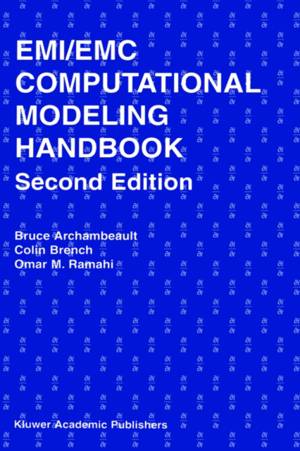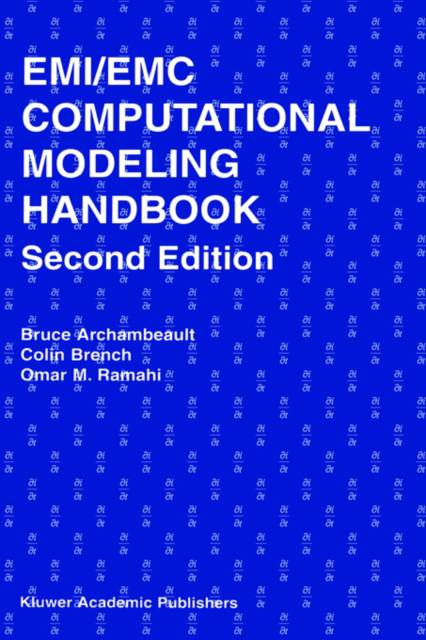
- Retrait gratuit dans votre magasin Club
- 7.000.000 titres dans notre catalogue
- Payer en toute sécurité
- Toujours un magasin près de chez vous
- Retrait gratuit dans votre magasin Club
- 7.000.0000 titres dans notre catalogue
- Payer en toute sécurité
- Toujours un magasin près de chez vous
251,45 €
+ 502 points
Format
Description
The application of computational electromagnetics to real-world EMI/EMC engineering is an emerging technology. With the advancement in electronics, EMI/EMC issues have greatly increased in complexity. As a result, it is no longer possible to rely exclusively on traditional techniques and expect cost-effective solutions. The first edition of this book introduced computational electromagnetics to EMI/EMC engineering. This second edition continues the introduction of computational electromagnetics to EMI/EMC engineering, but also adds new modeling techniques, namely the Partial Element Equivalent Circuit method and the Transmission Line Matrix method, and updates to the science of EMI/EMC modeling that have occurred since the first edition was published.
This book combines the essential elements of electromagnetic theory, computational techniques, and EMI/EMC engineering as they apply to computational modeling for EMI/EMC applications. It is intended to provide an understanding for those interested in incorporating modeling techniques in their work. A variety of modeling techniques are needed for anyone interested in using computational modeling in the real world. This book includes an introduction of all the popular modeling techniques, such as the Finite-Difference Time-Domain method, the Method of Moments, the Finite Element Method, the Partial Element Equivalent Circuit method and the Transmission Line Matrix method.
EMI/EMC Computational Modeling Handbook, Second Edition will serve many different levels of readers. It will serve as a basic introduction to modeling as applied to EMI/EMC problems for the engineer interested in getting started, and it will help the person already using modeling as a tool to become more effective in using different modeling techniques. It will also be useful for the engineer who is familiar with computational techniques and wishes to apply them to EMI/EMC applications. This book can also be used as a text to help students of electromagnetic theory and application better understand real-world challenges facing engineers.
This book combines the essential elements of electromagnetic theory, computational techniques, and EMI/EMC engineering as they apply to computational modeling for EMI/EMC applications. It is intended to provide an understanding for those interested in incorporating modeling techniques in their work. A variety of modeling techniques are needed for anyone interested in using computational modeling in the real world. This book includes an introduction of all the popular modeling techniques, such as the Finite-Difference Time-Domain method, the Method of Moments, the Finite Element Method, the Partial Element Equivalent Circuit method and the Transmission Line Matrix method.
EMI/EMC Computational Modeling Handbook, Second Edition will serve many different levels of readers. It will serve as a basic introduction to modeling as applied to EMI/EMC problems for the engineer interested in getting started, and it will help the person already using modeling as a tool to become more effective in using different modeling techniques. It will also be useful for the engineer who is familiar with computational techniques and wishes to apply them to EMI/EMC applications. This book can also be used as a text to help students of electromagnetic theory and application better understand real-world challenges facing engineers.
Spécifications
Parties prenantes
- Auteur(s) :
- Editeur:
Contenu
- Nombre de pages :
- 315
- Langue:
- Anglais
- Collection :
- Tome:
- n° 630
Caractéristiques
- EAN:
- 9780792374626
- Date de parution :
- 31-08-01
- Format:
- Livre relié
- Format numérique:
- Genaaid
- Dimensions :
- 165 mm x 245 mm
- Poids :
- 689 g

Les avis
Nous publions uniquement les avis qui respectent les conditions requises. Consultez nos conditions pour les avis.






